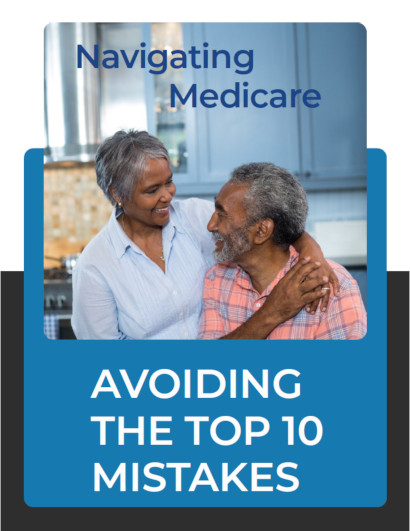Cathy Parvino
the medicare “Donut hole”
Medicare Part D was initially crafted to shoulder a significant
portion of the prescription drug expenses for beneficiaries.
However, since the necessity for medication varies from person
to person, specific individuals face prescription costs that
surpass the thresholds outlined in their Part D plans.
This circumstance gives rise to a coverage void for some beneficiaries when they hit their yearly coverage thresholds, leading to higher out-of-pocket expenses during the coverage period. This coverage gap is commonly called the “Part D Donut Hole.”


Medicare Part D Works in 4 Stages
Medicare Part D operates through four distinct stages, with the “Donut Hole” contingent upon the level of coverage utilized throughout the year.
In Stage One, commencing on January 1st, the initiation of the coverage year, individuals are accountable for covering their prescription drug expenses until they meet their annual deductible, set at $545 for 2024.
Stage Two commences upon reaching the deductible threshold. During this phase, individuals are solely responsible for co-payments each time they refill a prescription.
Moving into, Stage Three happens when both the individual and their plan collectively expend $5,030 on prescription drugs for the year, including the deductible. At this juncture, individuals enter the Donut Hole, necessitating them to contribute a percentage towards the cost of each medication.
Stage Four, recognized as Catastrophic Coverage, is reached after accumulating expenses up to $8,000 in 2024. Part D coverage covers 95 percent of prescription costs, leaving individuals accountable for only 5 percent.
Exciting News: The Donut Hole is on the Verge of Closure!
Before the enactment of the Affordable Care Act in 2010, individuals in the coverage gap were burdened with bearing the entire expense of their prescription medications during that period of the coverage year. However, there has been a gradual reduction in this burden over the years.
Medicare beneficiaries are only responsible for a maximum of 25 percent of the cost of brand-name prescriptions when they enter the coverage gap. Similarly, the portion they pay for generic drugs is limited to 37 percent, although it’s worth noting that generics typically come at a significantly lower cost.
Recognizing the issue of the Donut Hole, Congress has taken initial steps to address the problem and alleviate its impact.


What Options Exist for Beneficiaries Concerning the Coverage Gap?
Despite the gradual reduction of the Donut Hole, it remains a concern for specific beneficiaries. Your Part D provider will regularly send you statements to keep you informed about your expenses, enabling you to anticipate nearing the coverage gap.
Evading the Donut Hole entirely may only sometimes be feasible; beneficiaries can adopt measures to mitigate its financial impact. Opting for generic medications when available and discussing alternative, cost-effective treatment options with your physician are practical steps.
Our team of certified experts is dedicated to enhancing your understanding of the Part D Donut Hole, addressing any potential issues, and aiding in managing your prescription expenses.
Have You Watched Our Medicare Essentials Video Quick-Course?
This video tutorial covers the basic elements of Medicare in a format that is easy to understand and you can watch it from the comfort of home! It’s yours at no cost and no obligation, just tell us where we should send it!
"*" indicates required fields
By submitting this information, you acknowledge a
licensed insurance agent may contact you by phone,
email, or mail to discuss Medicare Advantage Plans,
Medicare Supplement Insurance, or Prescription Drug Plans.


Get Free Medicare Assistance
Friendly, licensed professionals are available to answer all of your questions. Call (985) 518-9791 or complete the form below and we’d be happy to reach out to you.
